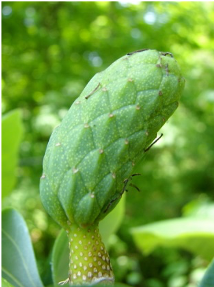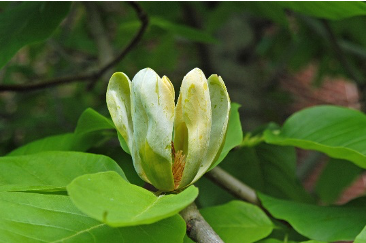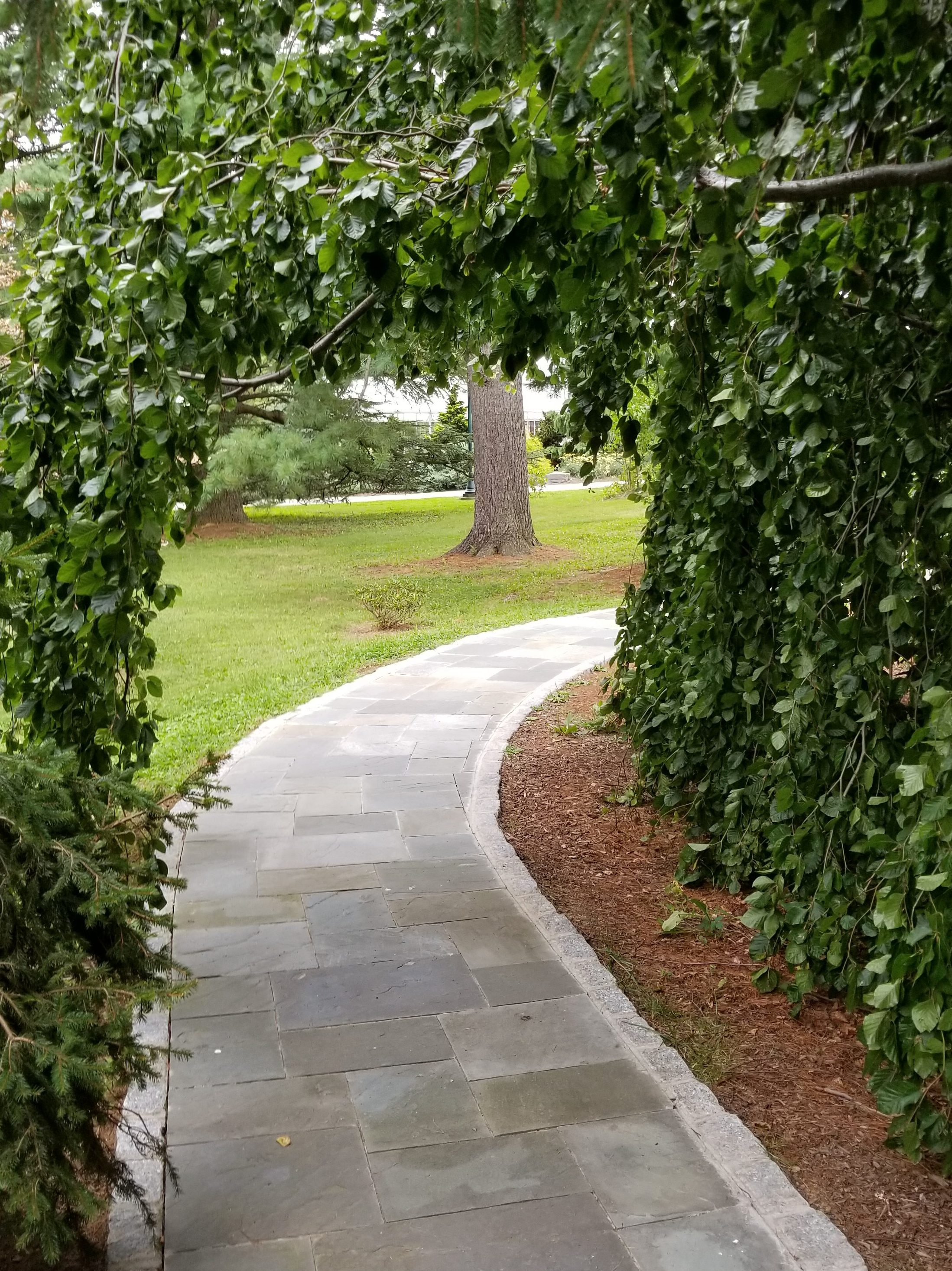While the Arboretum is closed, Grace, a Horticulture Major in the Tyler School of Art and Architecture as well as an Ambler Arboretum Student Worker, is sharing some information about various plants that can be found around the Arboretum and in the greenhouse at this time of year.
This week Grace explores our Magnificent Magnolias.
Magnificent Magnolias
Grace Harbison
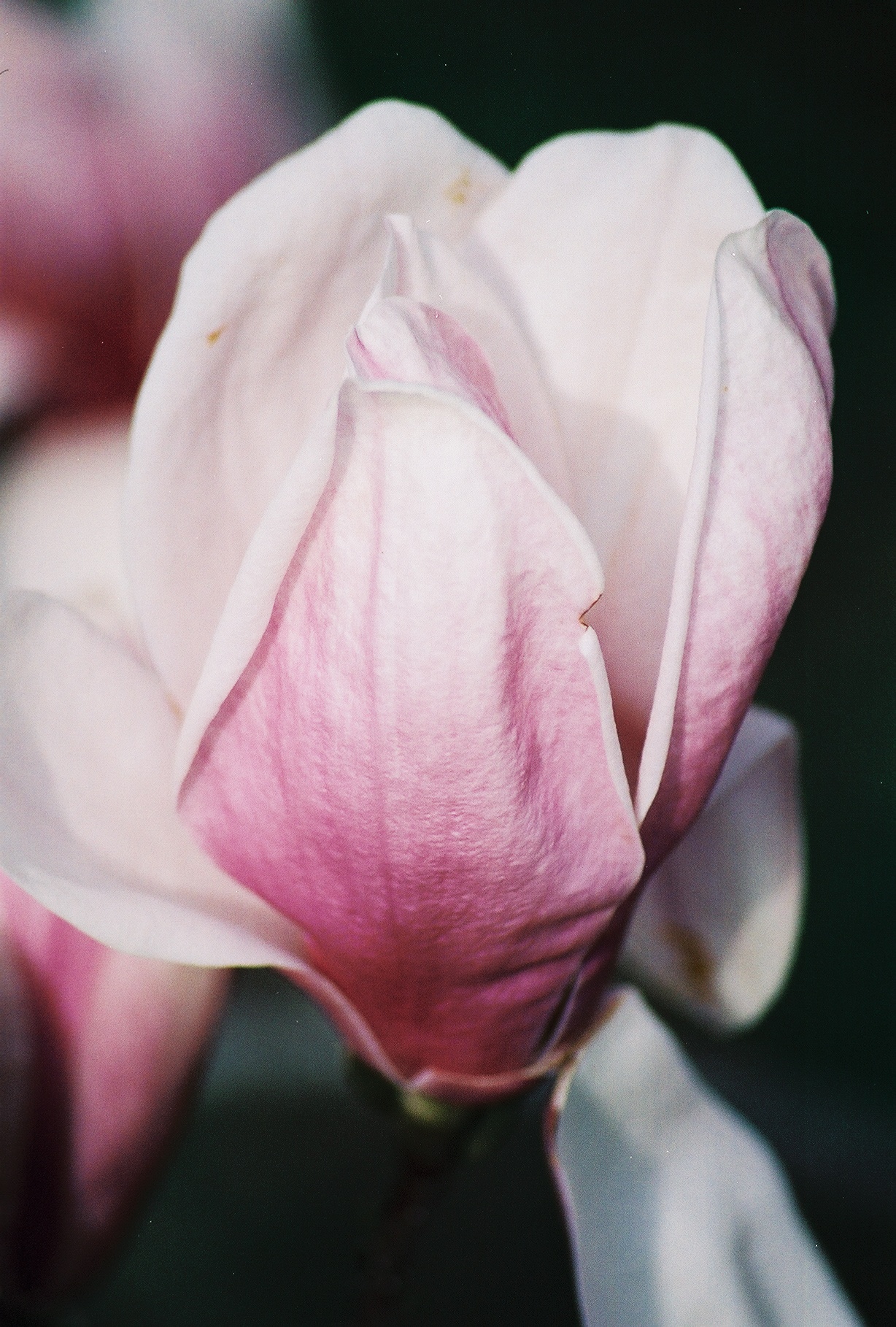
The diversity and range of spring blooms includes the spectacular colors of the beloved magnolia. Everywhere one walks one is bound to spot the large showy flowers in early spring or mid-summer. These trees can be a small upright specimen that is suitable for tight spaces, or can be a mature, tall, sprawling tree that needs plenty of room to spread its branches. These trees can be deciduous with thin, glabrous leaves or evergreen with shiny, waxy leaves. The flowers can be white with many strappy petals, large pink saucer-shaped flowers, or yellow cupped-shaped flowers. After flowering, the trees reveal their exotic cone lookalike seed pods that open to reveal bright red seeds. The wood is generally light gray and soft, making it a great option for furniture. The wood is valued for making crates, boxes, and light furniture. Magnolias are highly grown for their ornamental value but they are also considered to be one of the first flowering trees in existence.
It is believed that magnolias date back to the Cretaceous period, 145 million years ago, making them one of the first flowering trees in existence. One of the main features that give magnolias their ancient characteristic is their distinct floral buds. The flower buds are encased in modified leaves, bracts, instead of sepals like many other flowering trees. In addition, the petals are called tepals as the inner and outer petals are physically the same. They also have evolved to adapt to one of the earliest pollinators, beetles. This is evident in the inside of the inflorescence. The cone like cluster of carpels, the female reproductive organ, are hardened to tolerate the sharp mandibles of the feeding beetles. Another detail is that the inner tepals are known to remain unopened for a few days allowing the beetle to fully cover itself in pollen. Now that you have learned what makes magnolias so magnificent, let’s learn about a few of the well-known magnolia species in the Ambler Arboretum.
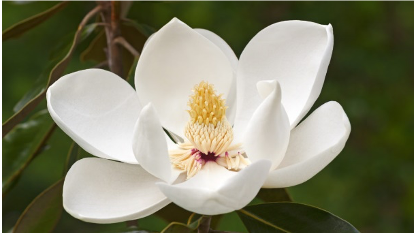
The Southern Magnolia, Magnolia grandiflora, is an evergreen species that is known for its stunning white flowers and unmistakable glossy leaves. Due to its attractive showy qualities and adaptability to warm climates, it is commonly seen as a specimen tree on the lawns of the Southern states. It has a broad native range as it can been seen growing from North Carolina to Florida and west to Texas. It is a large tree that needs lots of space to grow as it can reach heights of 80 feet and widths of 40 feet. The large creamy fragrant flowers bloom in May and are known grow to a foot in diameter. Its leaves are dark green above with a shiny appearance and waxy feel. The underside of the leaves are covered in brown hairs giving the leaf a rusty appearance. This tree grows best in full or part sun and will need protection from the wind in the Northern states. Today, the oldest known living Southern Magnolia was planted in 1839 by General Grandison D. Royston. The tree, called by some the “Jones Magnolia,” can be seen standing in Washington State Park in Washington, Arkansas.
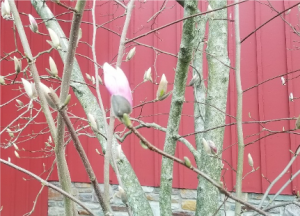
Another popular magnolia known for its showstopping blooms is the Saucer Magnolia, Magnolia x soulangeana. This is a horticultural hybrid that has high tolerance to winds and alkaline soils, a trait that many magnolia species lack. It is also very tolerant of poor soils and air pollution making it a suitable choice for city environments. This species gets to around 30 feet tall with variable lengths in crown spread. The leaves are bright green with a paler green, and fuzzy underside that turn a beautiful coppery brown in the fall. The flowers bloom a light pink to slight purple color in mid-spring. The flowers (like that shown at the top of this article) are large opening up to 8 inches long like a saucer, owning to the name of the species.
A native specimen that is not so common among gardens but is noteworthy to know is the Cucumber Magnolia, Magnolia acuminata. Cucumber Magnolia’s growing range is scattered along eastern North America where it can be found growing in the southern Appalachian Mountains and along the wooded valleys and thickets of the Mississippi River. The tree’s habit is generally a straight trunk with a pyramidal crown that reaches heights of 40-70 feet. The flowers are small and inconspicuous compared to other magnolias in that they bloom a green yellow and are about 2-4 inches wide. The Cucumber Magnolia gets its name from the green, oblong shaped seed pods that appear after the flowers. Later, the seeds pods mature to a vibrant red creating a rich contrast against the shiny green leaves. Another interesting feature, is that in the fall the leaves change into attractive colors of golden yellow and coppery orange.
Links
https://www.southernliving.com/home-garden/gardens/magnolia-trees
https://www.magnoliasociety.org/MagnoliaResources
https://arboriculture.wordpress.com/2016/01/06/a-history-of-the-magnolia/

